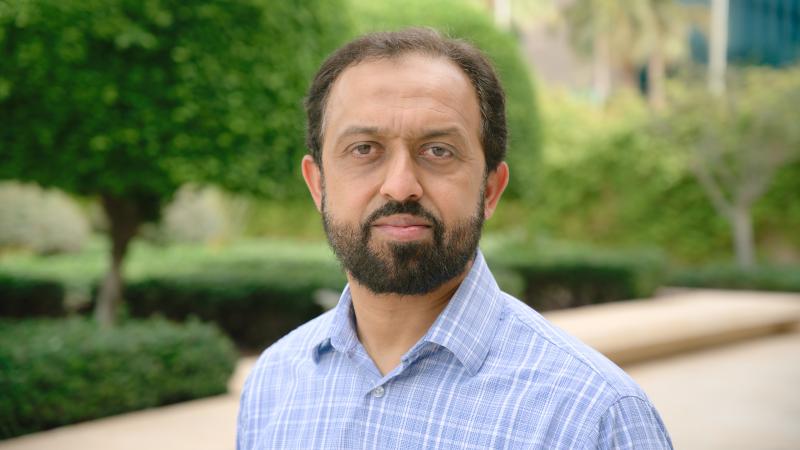Project Start Date
Project End Date
The world has witnessed an unprecedented increase in its energy requirements over the last few decades driven by the increasing size of the population, industrial development and the increasing level of activity of humans around the globe. Consequently, new paradigms are needed to produce clean and cheap energy. Infrared (IR) energy harvesting from waste heat can be a promising contribution for sustainable energy. Waste heat vacillates between, approximately, between 400 K and 2000 K (2-11 μm) and is produced by different sources such as metal heating and melting, steam generation, fluid heating, heat treating, and agglomeration. Nano antennas integrated to rectifiers (rectennas) can be used for waste heat energy harvesting if the RC time constant of the rectifier is in the range of femtosecond. The relatively high frequency of operation for THz rectennas leads to challenges not only in the fabrication of the nano antennas but also in the rectification process, since no electronic rectifier has a high enough switching speed to track a THz signal. Moreover, the absence of a theory of operation and design equations of nano antennas mean that designing optimized nano antennas for a certain resonance frequency remains a problem.
We treat this problem as a regular EM antenna design problem, where IR nano antennas are designed to produce the maximum field enhancement and localization in nano gap, relying on their bizzar optical properties in the IR regime. A nano THz rectifier is then integrated to the antenna (keeping matching in mind) to covert the localized AC energy to useful DC current at zero bias. The project is interesting and challenging as it is multidisciplinary between nano photonics (optical nano antennas) , plasmonics (excitation of localized and traveling surface waves plasmon in nano antennas), and nano fabrication (Electron Beam Lithography).

